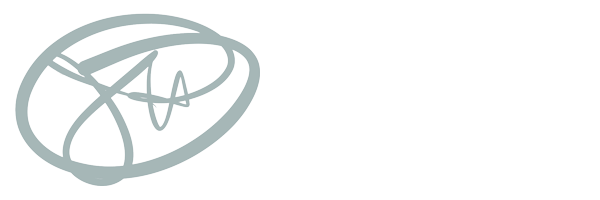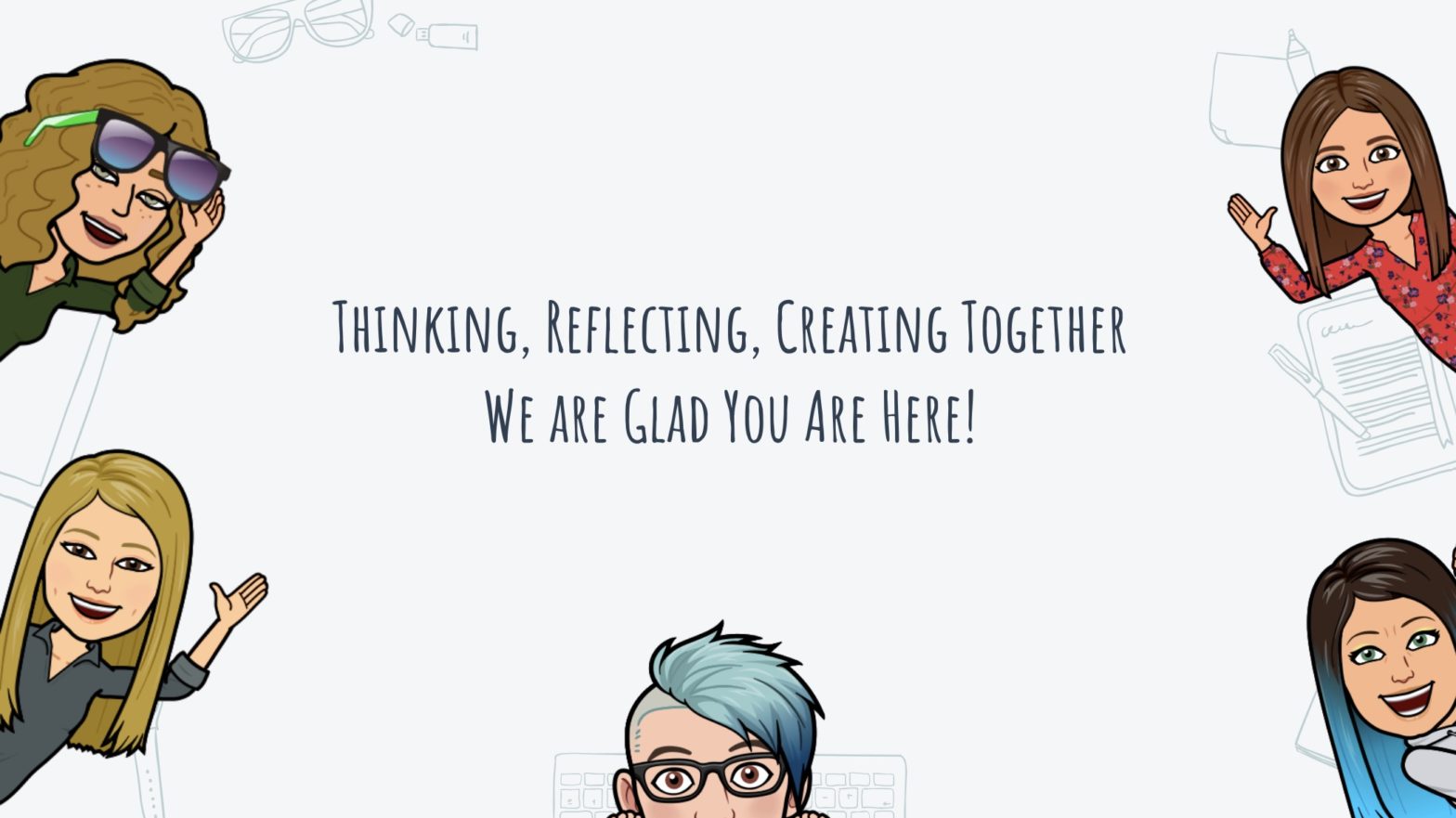For the past four years, I have organized an end-of-year “symposium” for teachers. This event has included a budget in excess of $10,000 and from 2017, 2018, and 2019, we included a second day of team building which included a trip to Busch Gardens, Segway Tours in Richmond, and white water rafting on the James.
The official name, the “Innovation Symposium,” was the brainchild of our superintendent, who in his previous role, had given teachers mini-grants of money to foster innovative practices in their classrooms. At the end of the year he wanted folks to share with others about the progress of their work with students.
For the past several years we have partnered with the Goochland Education Foundation to provide these grant monies. The school division, in turn, has hosted the symposium.

This year’s event was different, in that it was held remotely. It will conclude on June 11th, with a showcase of teacher-made videos.
Believing the act of creation is a very instructive practice, I wanted a creative challenge. Yes, we underpin the thing with prizes, but the hope is that by making something, teachers can learn and reflect on the activity of creation. We are modeling best practices in terms of performance assessment, a public showcase, and the elements of high quality instructional videos.

We also modeled the creation of a rubric on how to judge the videos teachers will produce. These mirror some of the elements from our workshop on creating high quality instructional videos.

At the center of this event is an opportunity for teachers who applied for, and were granted monies for project-based learning units for students, to showcase their ideas, lessons learned, and overall, the grant-writing process.
We provided some views of what deeper learning looks like from schools across the country this year with help from Dr. Scott McLeod.
While ending the school year with a 2-day professional development event seems against human nature (let me just get the summer started!), after four years I think this event is an excellent mechanism for reflection, and I always leave feeling good. I’ve gotten feedback from teachers that they feel energized this way too.
My thanks go out to our school division for funding this, and to my colleagues Krystle, Catherine, Morgan, and Andrea for helping to give it that once-over for planning and touches of class.
Organizing Your Own Symposium
So what makes this a successful event? I’ll capture this in a few bullets then go into more detail.
- Invite the right people,
- Focus on just a few things,
- Give people the opportunity to share and collaborate in non-threatening environments,
- Provide next steps,
- Create something you’ve never made before,
- Celebrate your attendees.
Inviting the Right People
In order to make good use of time and to foster meaningful conversations, it helps to have the right people at the table. By this I mean people who are open to new ideas, who value the impact innovation has on professional practice, and people who want to improve their craft as educators. Our audience pool could be just about anyone from our teaching staff, but those that come traditionally come for that nourishment around improving and learning. It makes a tremendous impact on the quality of conversations and questions.
Focus on Just a Few Things
When we go to conferences, there can be a huge variety of topics and ideas present among the descriptions of breakout sessions, keynote talks, and workshops. This is what, in part, makes conferences fun learning events: there’s something for everyone. However, what’s sometimes missing is depth. Organizing an event like this affords us the opportunity to focus on just a few important things, and to try and go for depth. The message we want is reinforced many times over, and often, people leave the event feeling more confident about the methods, tools, or content information.
I’d heard people in our neck of the woods talk about truly understanding what deeper learning is, and how we know we can deliver it. And there are certainly questions around offering a deeper learning experience when students are not physically with us.
For our event this year, the focus points were:
- Let’s inspire you with what top-quality deeper learning looks like,
- Let’s inspire you with what your colleagues accomplished this year with their grants,
- Let’s show you how writing your own grant, and designing your own deeper learning experience isn’t rocket science,
- and let’s reflect on remote learning in anticipation for next school year.
And as always, we try to have some fun.
Sharing and Collaborating
The design for our symposium was pretty simple. We used Google Hangouts Meet to host the event.
- Introduction/How the Morning Will Work (Big Room)
- Guest Speaker (Big Room)
- Breakouts (Smaller Rooms)
- Discussion (Medium Rooms, organized by grade bands)
- Closing and Video Challenge (Big Room)
“Room” here could be a physical room, but moving people around when you’re face to face is important. Inviting people to get up and stretch in front of a laptop from home is important, too.
For our breakouts, our presenters (grant awardees) were given a suggested bulleted list of things to discuss about their grant projects. While I encourage them to use visuals, there was no expectation around using slideware, or having a formal presentation. Teachers instead used what was most comfortable. I wanted the focus to be on discussions.
Because so many like to sit and watch video meetings with the mute button on, we encouraged use of ?/! in the chat feature so that our presenters could call others out to verbally ask questions and provide comments. In these teacher-led sessions, folks were on their own to learn and grow, without oversight of supervisors. I’d peek in, but I’d only stay for a couple of minutes.
The discussion sessions were facilitated with a secret set of discussion questions by two administrators to tease out best practices and lessons learned over distance learning. The questions focused on the positive. We did some sharing out after the groups came together.
Providing Next Steps
So we did not have sufficient time to marry the two big ideas together: remote learning and deeper learning. But then again, who has all the answers? We hoped by putting these two “entrees” out on the buffet, we’d get people to start putting the concepts together for themselves.
Our second day will be geared toward not only showcasing teacher videos, but helping folks see the picture of how these can fit together successfully.
I specifically wanted our grant awardees to discuss the grant process. Our GEF wants to provide more grant funds and to see more projects. We wanted people to see the process as non-threatening and far less tedious than traditional grant writing.
Creating Something
Can you really have an appreciation for a great looking garden if you never stick your hands in the soil? Our school division is in an envious position of providing every student with a mobile computing device. And video creation can be a powerful, rich tool for communication. We know video will play a big role in leveraging our time apart if students cannot be in school. And so a video challenge was born.
We have some teachers who have gained positive experiences making instructional videos. So the expertise is being developed.
But we wanted to give everyone a chance. By using a rubric, we helped set a standard. By making the topic of the video personal, we hoped to engage our teachers into producing something that truly mattered to them (in lieu of, say, mimicking a video that a student could produce to showcase their understanding of early American history). Dr. Ruben Puentedura made this point to us when he visited Goochland Middle School last year, that professional development activities—specifically creation—should be something of real interest to those making it.
Our best hope is that the process of creating something original is fun, educational, maybe slightly intimidating, but ultimately a rewarding experience. We learn when we create and make.
Celebrating
Yes, we have prizes. But it’s also the words you use, the climate you set, and the culture of your organization together that can make this learning experience powerful. Our teachers need to know how important they are and how valuable their roles are in helping maximize the potential of every learner.
I’m never a fan of giving rewards for participation, but hey, it’s the end of the year, and these are tools and prizes that can help them professionally. We gave some prizes away through randomized drawings, and others will be distributed as video awards.


